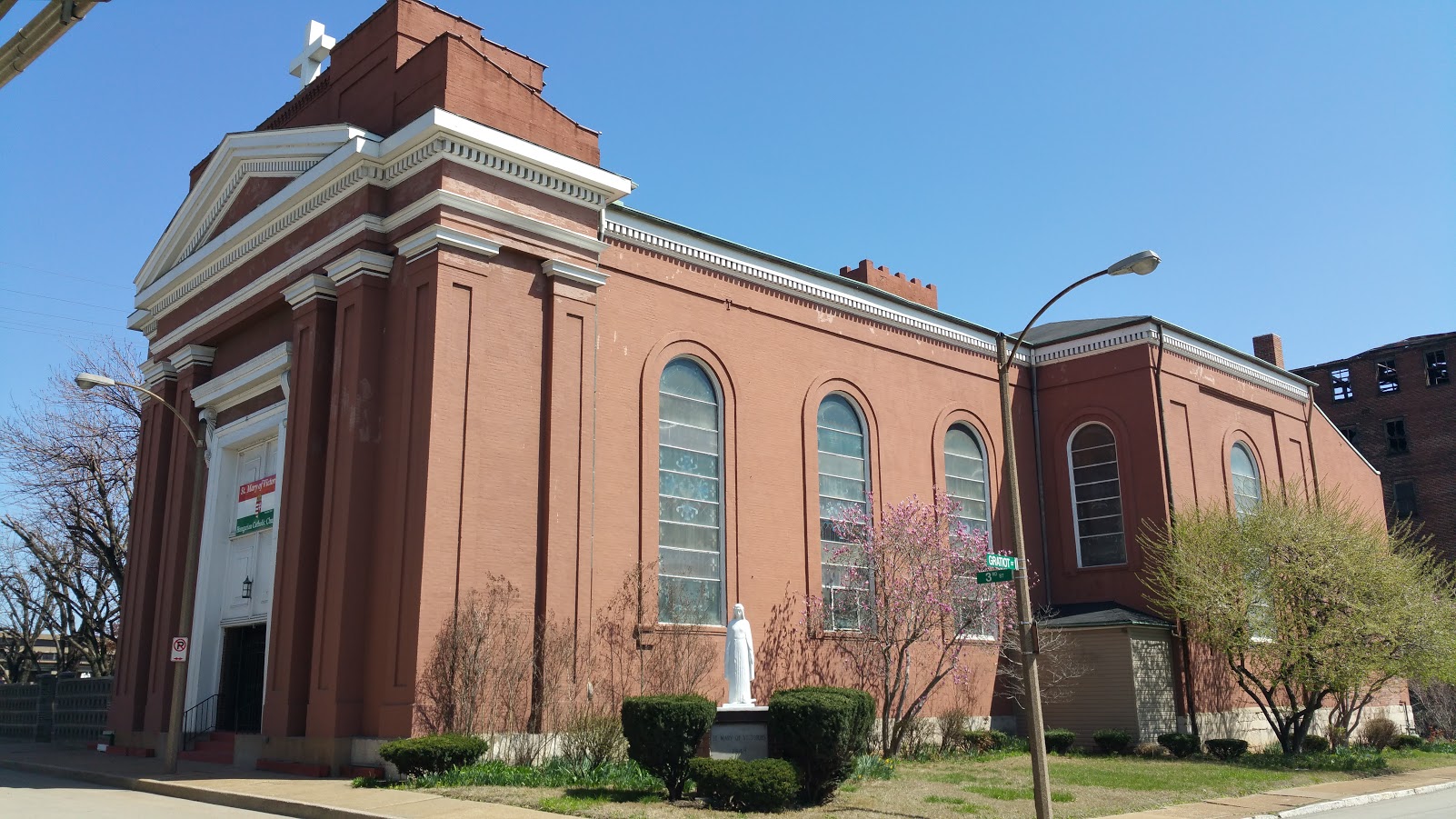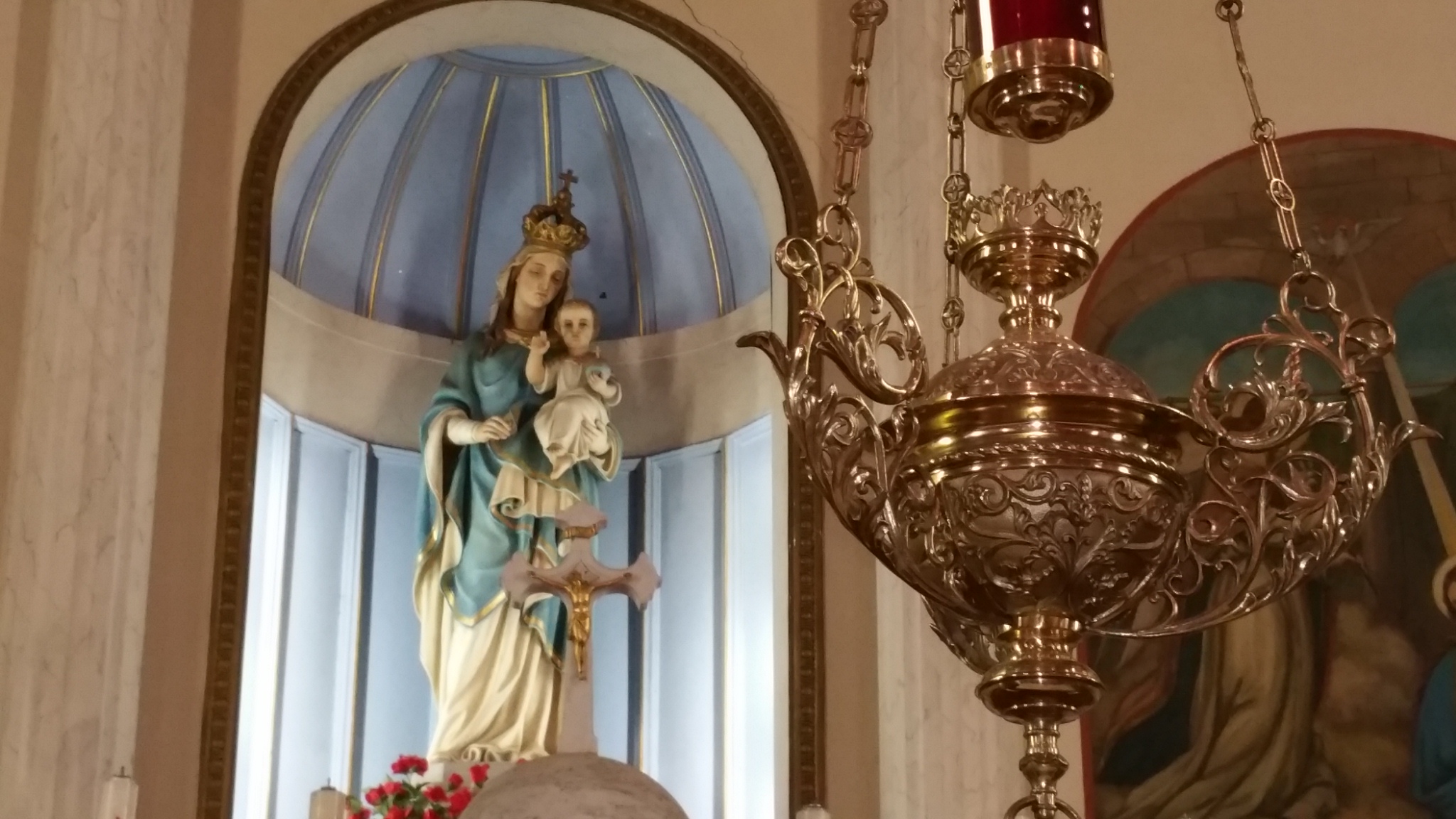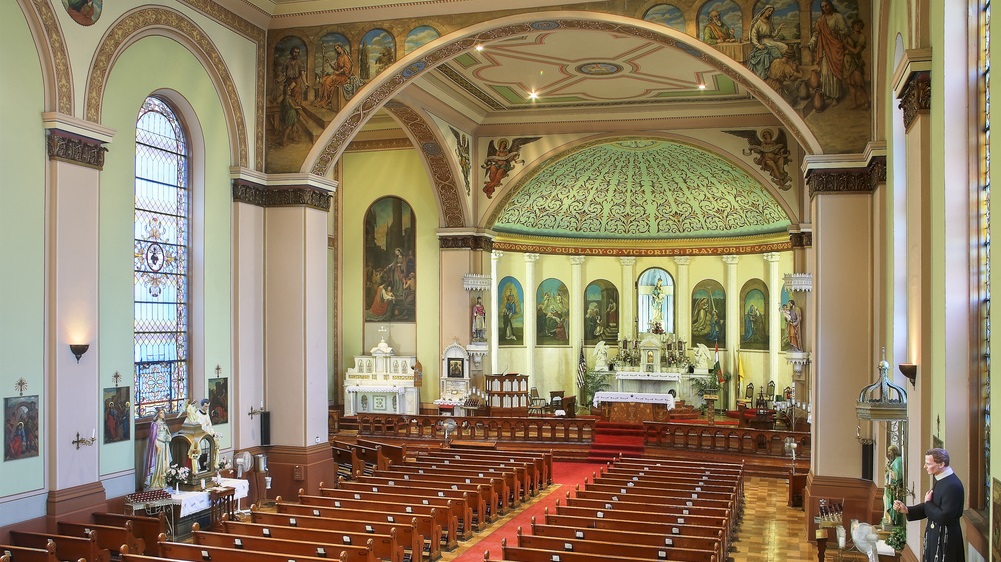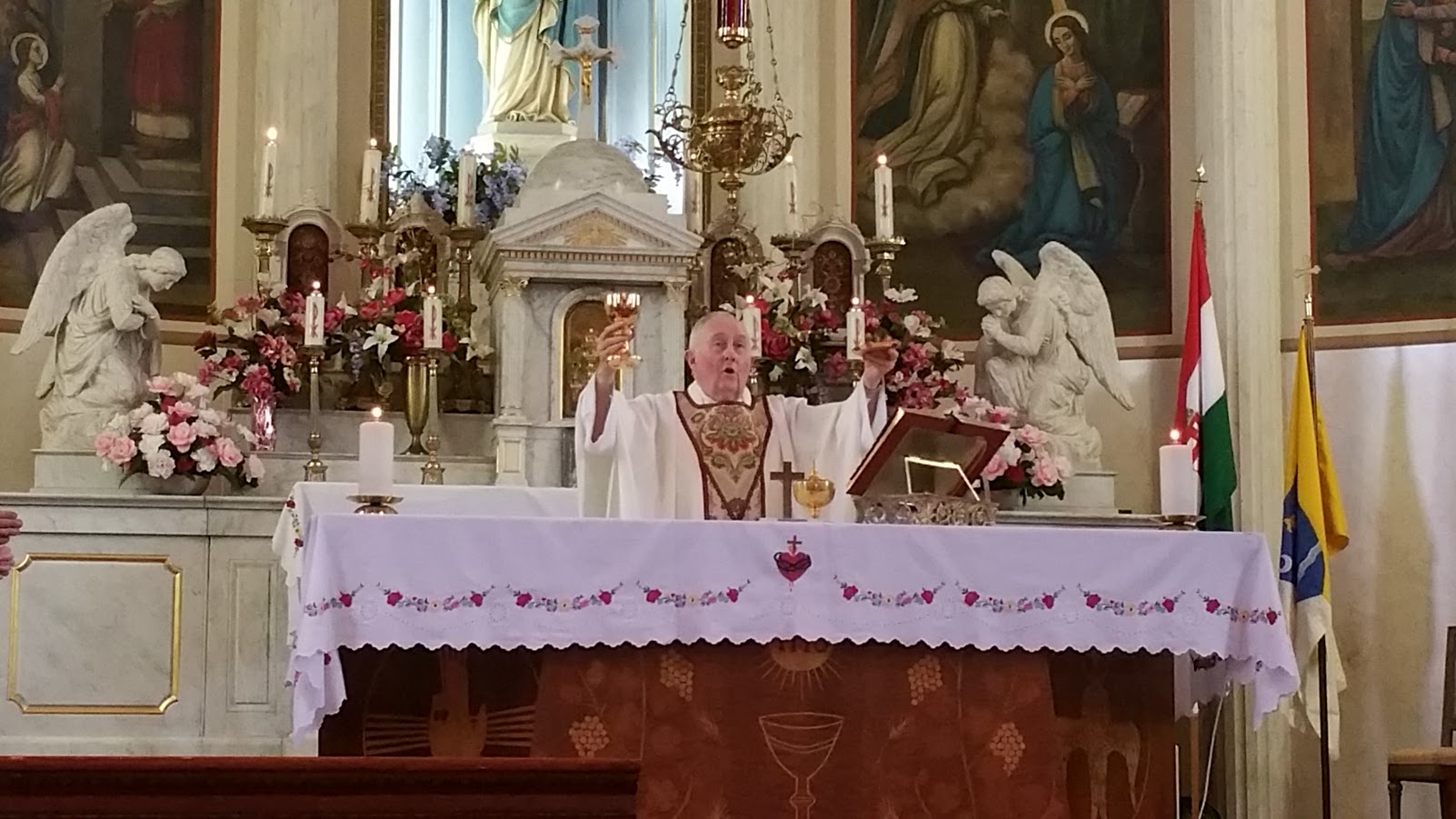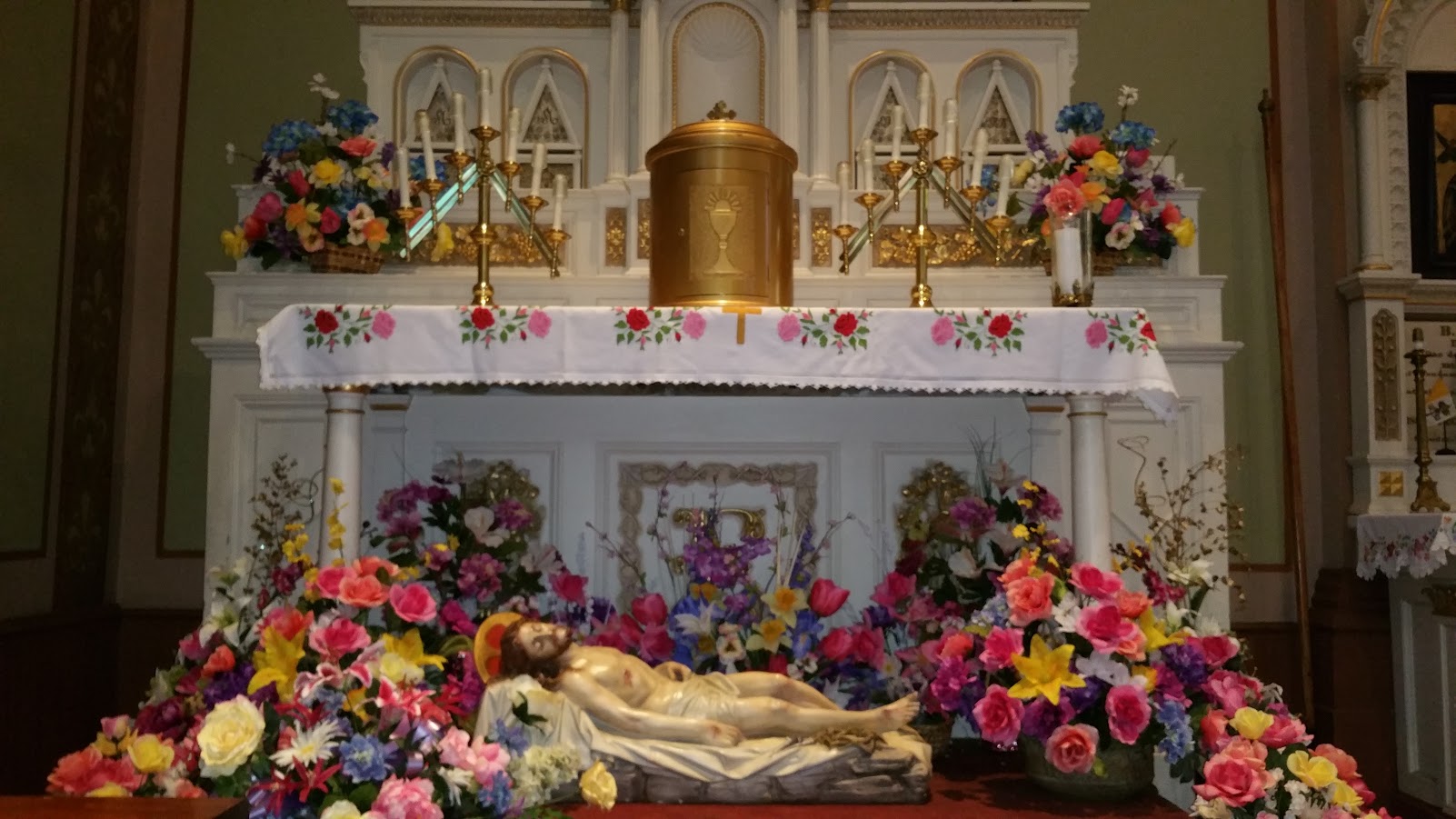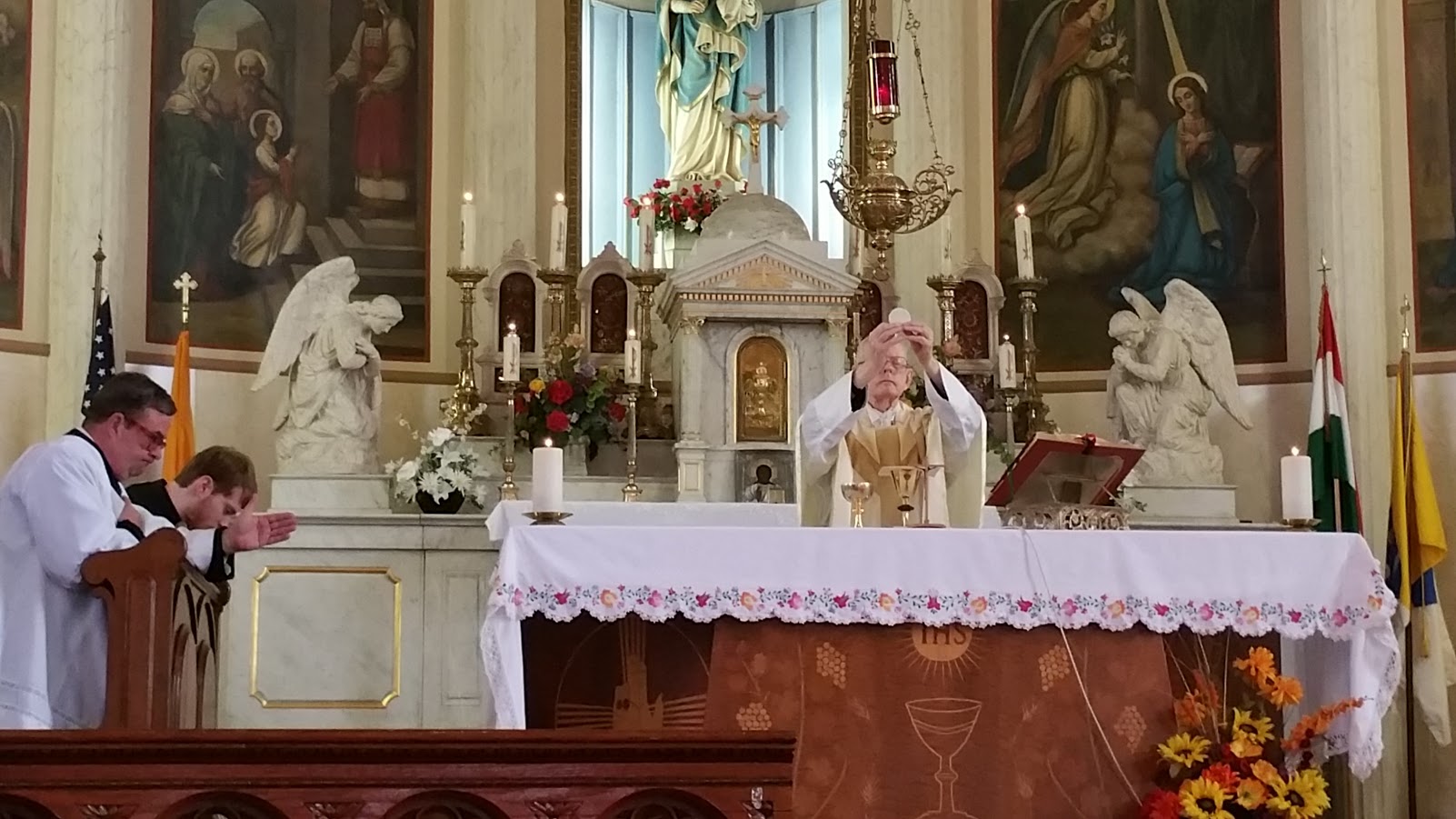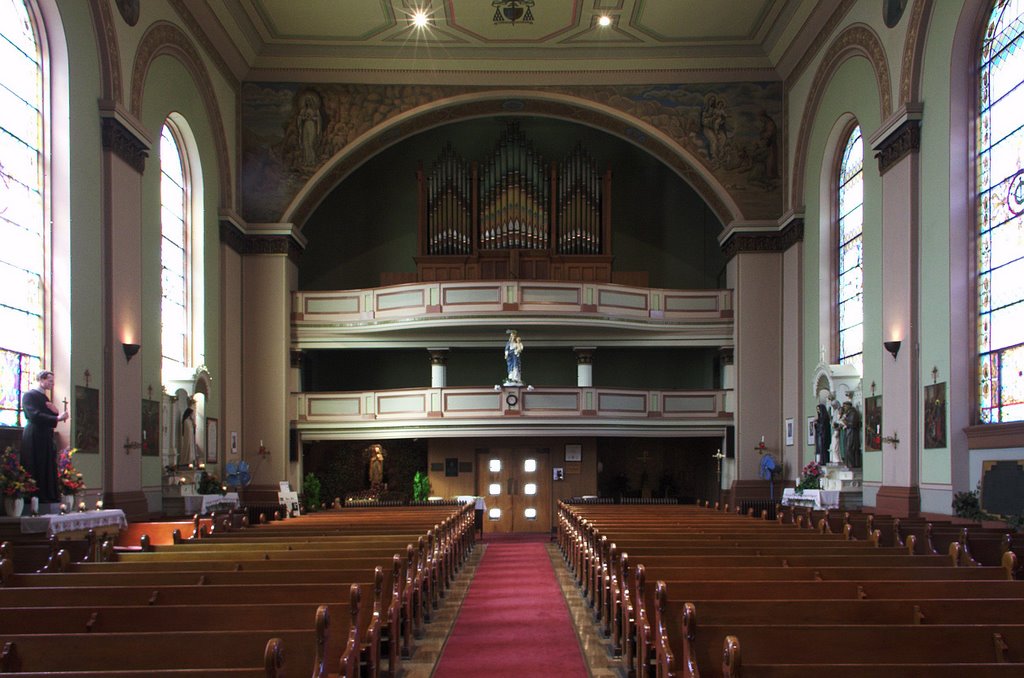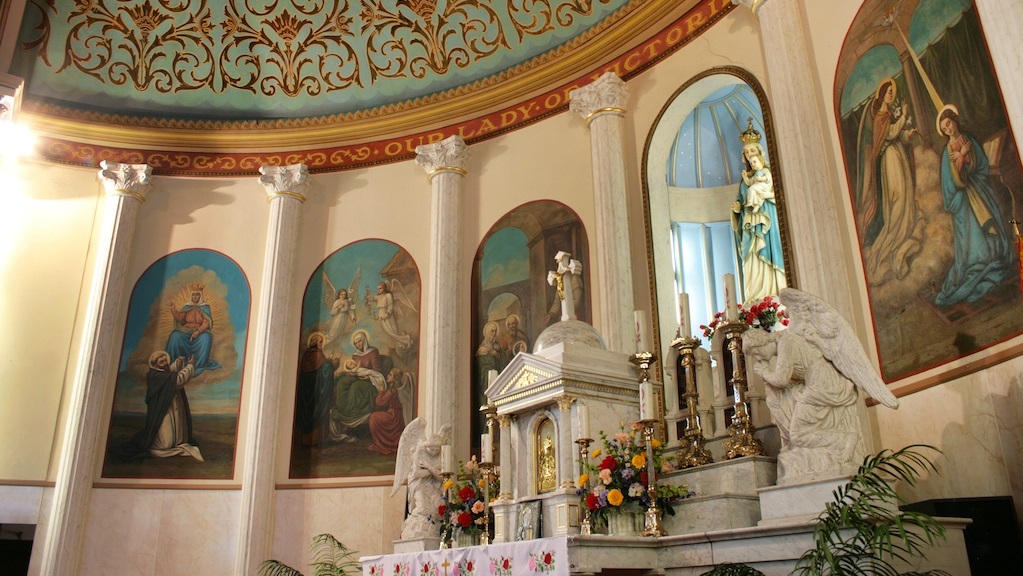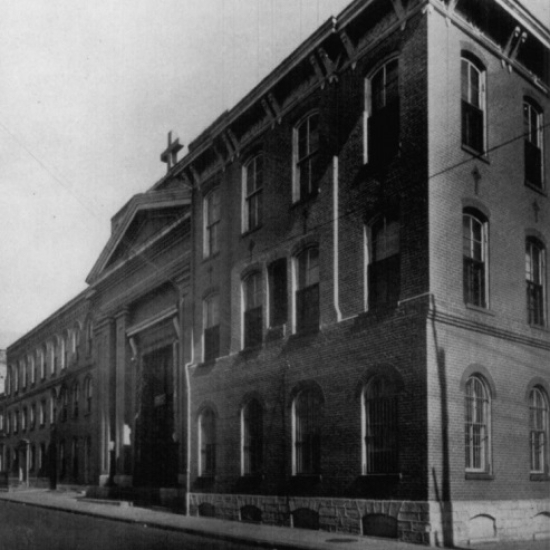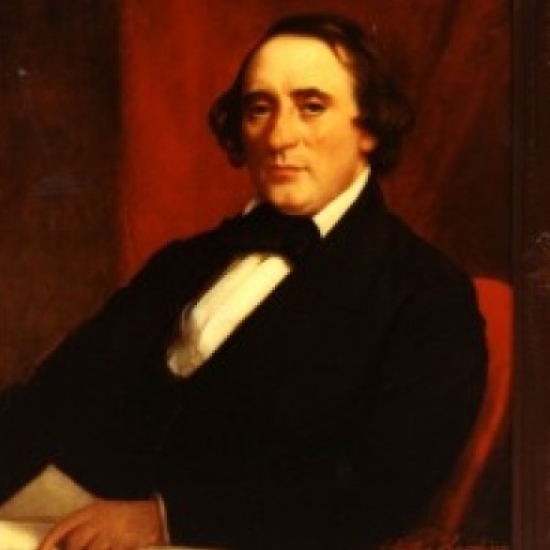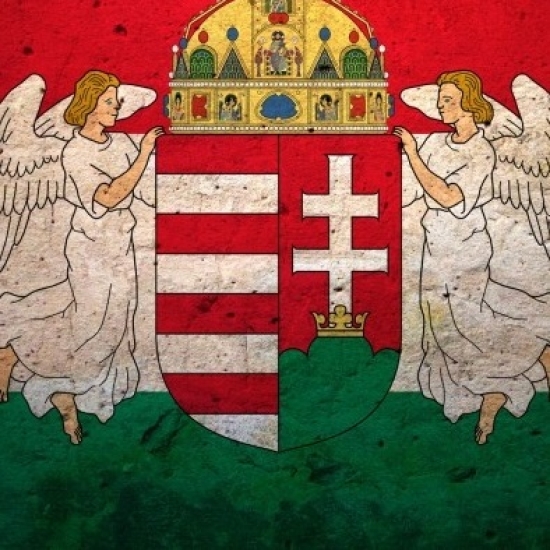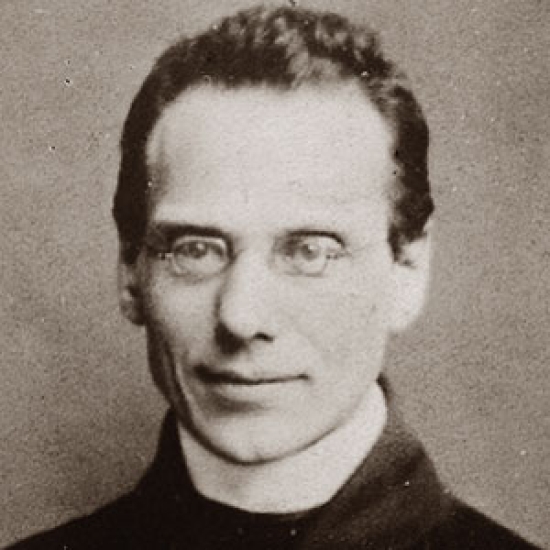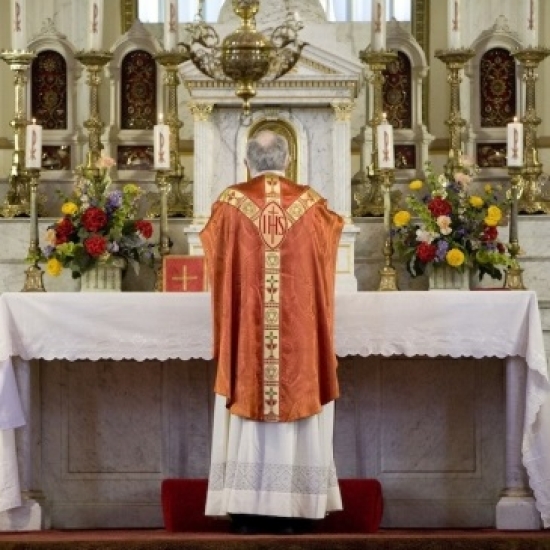2 December 2012, 1st Sunday of Advent (Year C)
Trope: Sanctíssimus namque Gregórius cum preces effúnderet ad Dóminum ut músicum donum ei désuper in carmínibus dedísset, tunc descéndit Spíritus Sanctus super eum, in spécie colúmbæ, et illustrávit cor ejus, et sic demum exórtus est cánere, ita dicéndo: Ad te levavi, etc.
[When the most holy Gregory poured out prayers to the Lord that He might surrender to him from above a musical gift in song, then the Holy Spirit descended upon him in the form of a dove and enlightened his heart to such a degree that at last he began to sing saying thus: "Ad te levavi . . ." (& we continue the Introit)]
This trope is a chant setting of a text that summarizes a popular legend that Pope St Gregory the Great composed the melodies for what we call Gregorian chant under the direct inspiration of the Holy Spirit. This legend was often illustrated by depicting Gregory with a dove whispering the chants into his ear as a secretary records them. Because today begins a new liturgical year, it is a long standing practice to sing the above trope as a preface to today's Introit, a practice that was officially confirmed when the illustration pictured above, along with the trope, was placed on the opening page of the 1908 Graduale Romanum—which remains the only edition of the chants for the Mass propers officially published by the Vatican—just above Ad te levavi.
Normal 0 false false false EN-US X-NONE X-NONE /* Style Definitions */ table.MsoNormalTable {mso-style-name:"Table Normal"; mso-tstyle-rowband-size:0; mso-tstyle-colband-size:0; mso-style-noshow:yes; mso-style-priority:99; mso-style-parent:""; mso-padding-alt:0in 5.4pt 0in 5.4pt; mso-para-margin:0in; mso-para-margin-bottom:.0001pt; mso-pagination:none; text-autospace:ideograph-other; font-size:12.0pt; font-family:"Times New Roman","serif"; mso-bidi-font-family:Mangal; mso-font-kerning:1.5pt; mso-fareast-language:ZH-CN; mso-bidi-language:HI;}
Trope: Sanctissimus namque Gregorius, begin on F (as sol)
Introit: Ad te levavi, [it will begin on F (as sol), by continuing from the end of the trope]
Offertory: Savior of the nations come, V2H p. 228.
Communion: Dominis dabit, begin on F (as fa)
Recessional: Hark a herald voice is calling, V2H p. 227.
Ordinary from Mass XVII, PBC, p. 71. (If singing from Gregorian Missal, use Kyrie C.)
Credo I
The well-known Introit antiphon gives this Sunday one of its popular names: Levavi Sunday. Its other popular name (in English) is 'Stir up' Sunday, because the first word of the Collect in the Roman Missal was Excita, which Cranmer translated as 'Stir up' in the Book of Common Prayer. The tradition arose that cooks, wives, and their servants would go to church, hear the words 'Stir up, we beseech thee, O Lord...', and be reminded, by association of ideas, that it was about time to start stirring up the puddings for Christmas. [Here endeth the trivia lesson.] The antiphon has has three phrases in the Vatican edition:
1. Ad te levavi animam meam: Deus meus in te confido, non erubescam:
2. neque irrideant me inimici mei:
3. etenim universi qui te exspectant, non confundentur.
We won't repeat the long antiphon between the psalm verse and the GP. Because of its long history and its position at the start of the Graduale, this powerful melody has been the subject of many volumes of analysis and commentary. Here are some highlights:
Each phrase has the same range and stresses the full step below the tonic. The first and third phrases have almost the same closing cadence. (Meam and mei close on f). The most ancient reading, according to the German tradition of the Middle Ages, has this Introit rising from a low pitch (d c f g), like other Introits of the eighth mode, e.g., those of Palm Sunday and of Pentecost. Amen at the close of the psalm-verse has not the usual cadence, but g a d f f g, which acts as an introduction to the repetition of the antiphon. The fact that this cadence is given here indicates that in its original form this Introit began on low d, thus representing the lifting up of the soul to God in a more graphic manner. Animam depicts a reverent look at God, while meam is filled with childlike submission. After b-a in confido, non has a triumphant ring. The same spirit is retained in the following phrase, which sets in with an interval of a fourth and twice has a vibrating tristropha.
Rhythmically the close over (inimi)-ci mei is related to (con)-fido. Now the song becomes more serene. The final phrase has no more large intervals, no more bistrophas or tristrophas. Characteristic of it are the thirds and the upward tendency of f a g, g b a, g a c, after b, c d, which should be sung with a powerful crescendo. Thus the Advent idea (exspectant) is brought luminously into the foreground, and with the conviction that the preceding petition will be granted, the chant comes to a close.
The Communion antiphon, which we hear again on the feast of St Ignatius Loyola (31 July), has two phrases:
1. Dominus dabit benignitatem
2. et terra nostra dabit fructrum
The first phrase has a range of a ninth; with (benigni)-tatem it lets the blessings drop gently from above. The second phrase, which treats of the fruits of the earth, does not extend above the dominant of the mode (f). Both phrases descend in a gentle line to low do and begin the following member with an interval of a fourth. A fluent and bright rendition should characterize the whole piece.
